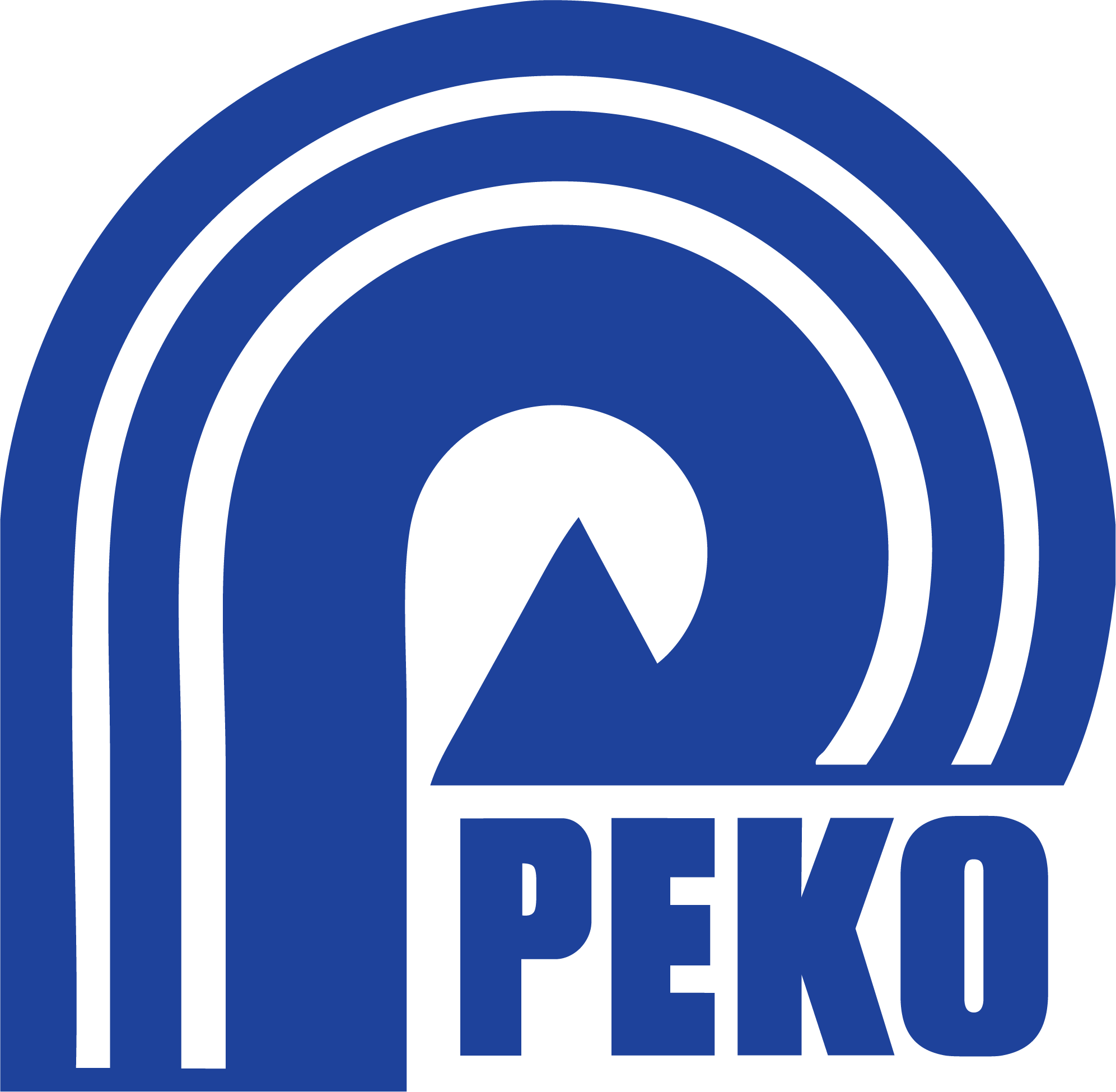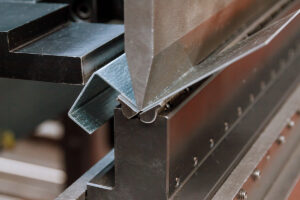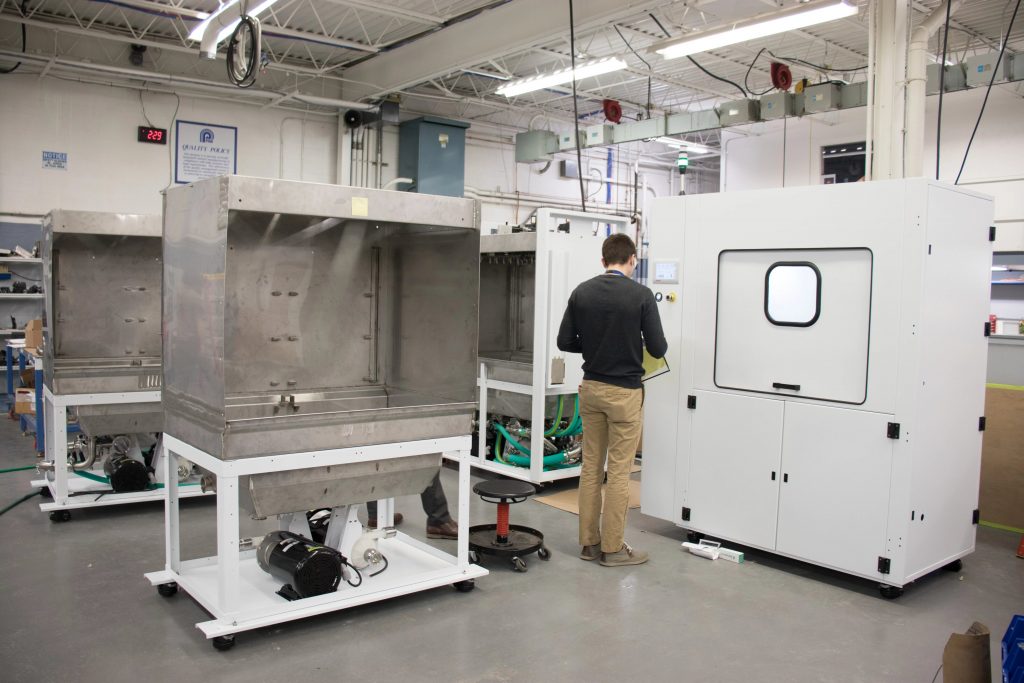
1. Cost
How much will it cost to build your machinery and equipment? Cost is always a major consideration in manufacturing. A design that is too costly to produce will never make it to market. To assess this, we must have documentation that clearly states the overall cost of each item that makes up a build.
Bill of Materials (BoM)
If we’re going to measure a design’s value in an effort to assess its maturity, the BoM needs to be clearly defined. If there is no definition of the parts which make up a machine, then we cannot put a cost associated with the overall value.
2. Quality
Quality is another important consideration. A design that is not up to par in terms of quality will likely be rejected by customers. In this section, we look at three sub-indicators to assess where a design lies in terms of maturation.
Wants
More often than not, when a new start-up company comes to us with new machinery or equipment, its primary focus is on the aesthetics of the design. Whether they’ve already built a prototype or on an alpha or beta build, they want to know that we can help make their design visually appealing.
Unfortunately, this is one of the least important aspects a company should focus on when it comes to launching a new build on the market. PEKO is more than happy to help improve the aesthetic design of machinery, however, there are more important obstacles we focus on before we can turn our efforts on sensory appeals.
Needs
Does your machine actually function the way you intend it to? If it does, then to what degree does it actually function? In this sub-section, we dive deep into the actual science and physics of your design to make sure it does what you claim.
At the beginning of our partnership with our customers, this is where the majority of our focus lies, since we view it to be one of the most important pillars. While we try to steer customers from focusing too much on the aesthetics of their machine, we constantly push them to understand the importance of verifying the technology of their design.
Requirements
This is where any quality requirements take place. Depending on which industry your machinery or equipment falls within, certain regulations must meet law standards. Whether it’s FDA, DOT, or DOD standards we must make sure that the build is safe. Some regulations are in place since this can lead to life-or-death situations, especially if your company is in the medical or defense industries.
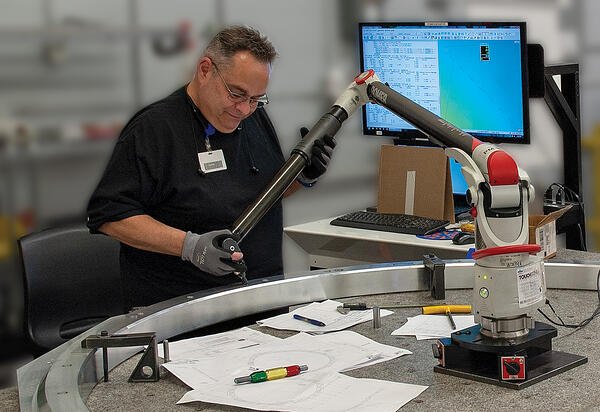
3. Delivery
Delivery is the third indicator we look at when assessing design maturity. Here we assess how fast we can move your builds. The reality is that for a build to be successful and benefit both PEKO and your company, we must come to terms with the time frames of when the builds will sell, and how fast they will sell. A design that cannot be delivered on time or within budget will never make it to market. And if your design won’t sell in the market, is it really worth the money and struggles to perfect it?
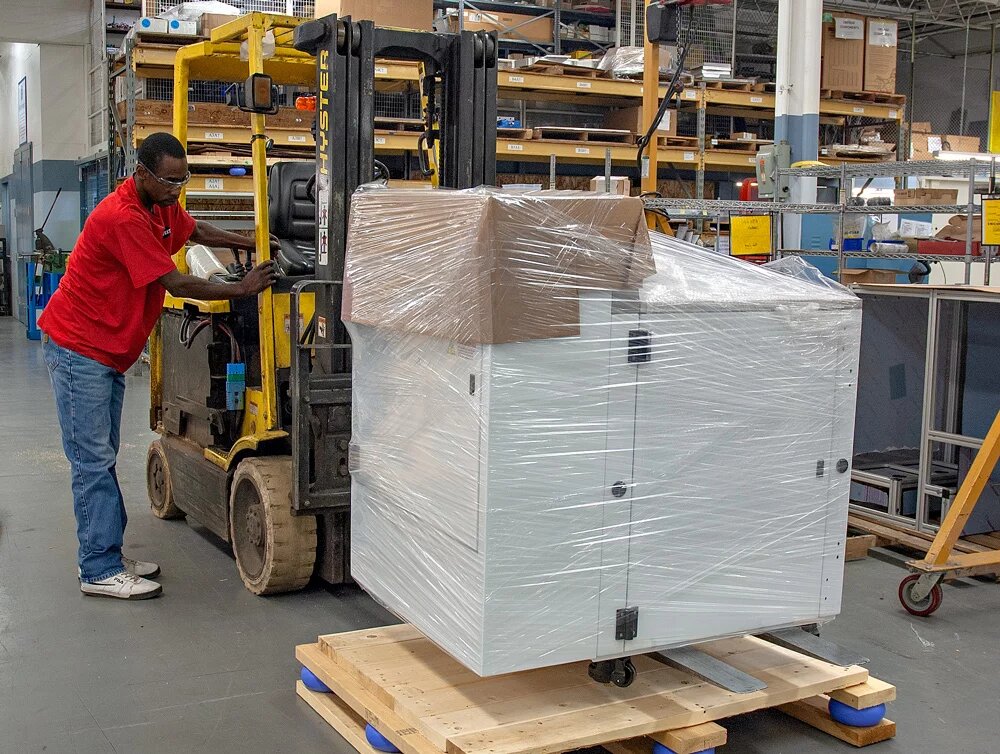
When a new customer arrives at PEKO, we assess cost, quality, and delivery in order to figure out how mature a design is. All three of these indicators will inform us on where the value of a build lies. However, if there are pieces missing, such as the BoM or quality requirements, we are completely prepared to assist in getting your build where it needs to be in order to be successful.
If you’re interested in learning how a NPI contract manufacturer can help drive the success of your build, check out our free checklist to help you decide on your next business partner!
